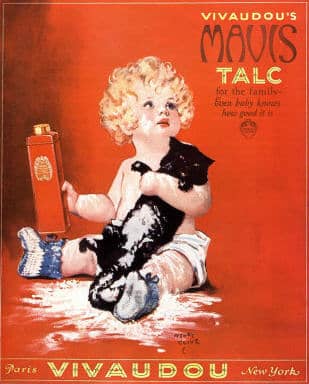Today, our regular guest blogger, Joanne Arcand takes us on a tour of minerals used in household goods.

We all know that a big part of our daily lives involves materials made from plants and animals. From our clothing, our food and drink, our furniture, even the gasoline that drives our cars came from natural sources (mostly). I am in the midst of curriculum writing for a Grade 3 Science unit and have been doing research on rocks and minerals. It’s amazing how many of our everyday substances come from these unremarkable items that get skipped across the water on lazy spring days.
Here’s a shortened version of the facts found at this site.
Top Three Minerals You Have Encountered Today
Talc
Take talc, for example. Talc is a mineral refined from magnesium silicate. It has the lovely property of gliding over skin and laying on top of pores. Resistant to water, acids, and bases, it has been used in cosmetics since 3500 BC. It gets used in all sorts of applications from eye shadows (because it’s translucent), lotions, blushes, deodorants, and is the white powder coating you see on chewing gum (it’s also added to fruit flavored gum to make it extra chewy).
Because it’s usually inert (meaning it’s not jumping around reacting to things), talc makes a good filler for powders like carpet cleaners. Somehow, we like to have lots of powder in our insecticides in order to feel like it’s going to work and instructions like “sprinkle 1/8 teaspoons onto floor to kill ants” isn’t as fulfilling as “sprinkle liberally wherever you see the six legged invasion”.
Titanium Dioxide
When I had lots of time on my hands (i.e. pre-kids), I dabbled in painting. The whitest-white could be found with titanium dioxide paint. This opaque, white mineral will make any makeup color more intense and you won’t have to look far in your makeup bag to find it. It’s also a natural sunblock and used in powders and nail polish. Surprisingly, it is also found in Oreo cookies (in the white part) and M&M candies to make them extra colorful.
The Carbonates
If you sweat (as mom would say, “Women don’t sweat, they perspire...”), the makeup is likely to just run off your skin. Carbonates such as calcite (a calcium carbonate) and dolomite (processed into magnesium carbonate) are added to makeup to absorb moisture. If you run a marathon, the makeup will still run (it’s science, not magic), but the carbonates will work wonders in that warm car road trip. Calcium carbonate is also used as an abrasive in toothpaste. Yep, you’re brushing your teeth with rocks. It’s used in diapers (in the ‘fabric’), chalk, swimming pools (to correct the pH), glossy paper, wine, antacids, and dry baking mixes.
Go ahead and explore some other minerals around the house. You’ll find gold, graphite, iron, fluorite, and mica. And next time you’re at the beach, take a rock identification guide with you. You never know what treasures you’ll find. Happy rock hounding!
Joanne Arcand is trying to juggle her role as a math teacher with her other life as mom of twin boys. She lives in Oakville, Ontario.

